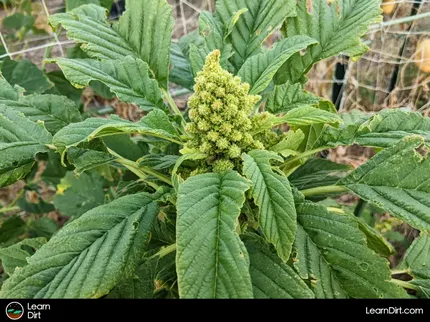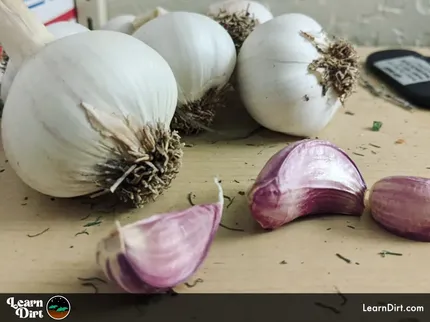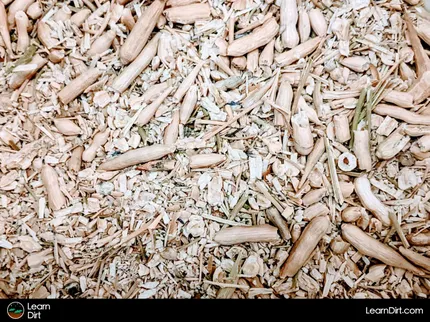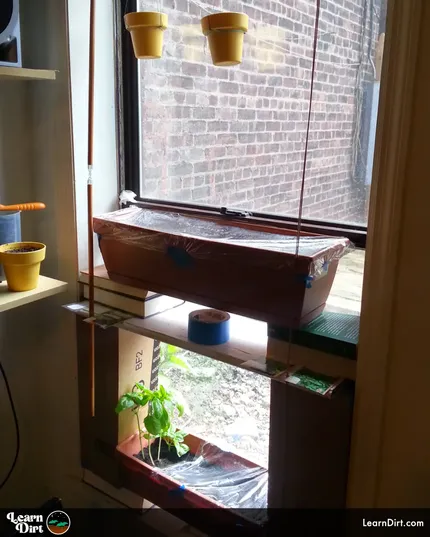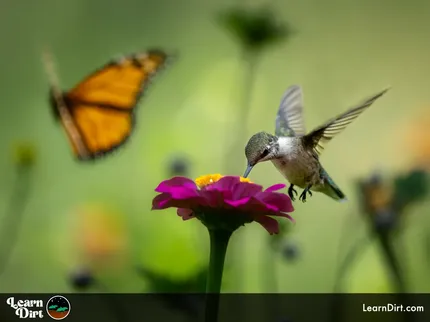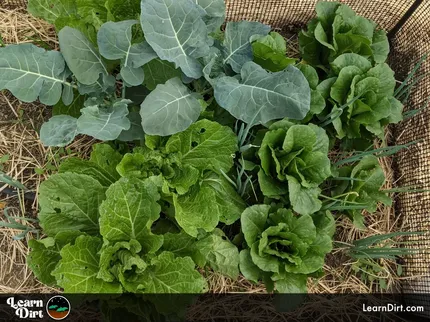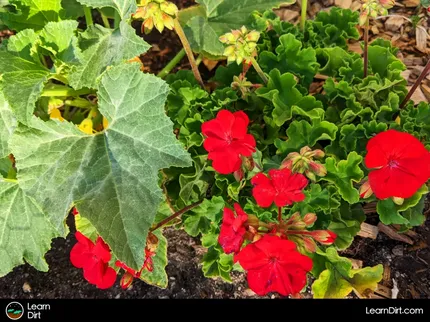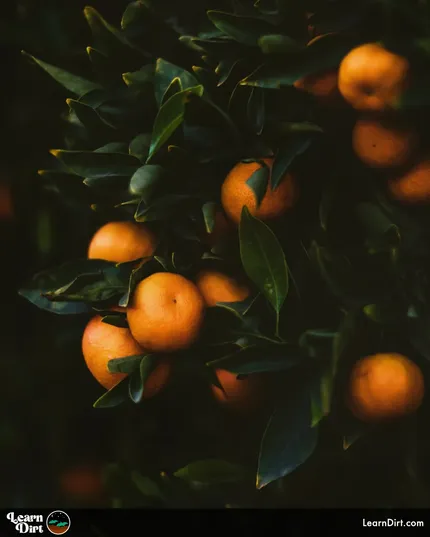Table of Contents
- How Do Chickpeas Grow?
- Can You Plant Dried Chickpeas?
- Where Do Chickpeas Grow?
- Chickpea Growing Conditions
- Growing Chickpeas From Dried Store-Bought
* Our articles never contain AI-generated slop *
Ever wonder if it's possible to grow your own chickpea plants from dried store-bought chickpeas?
It absolutely is! With a few caveats...
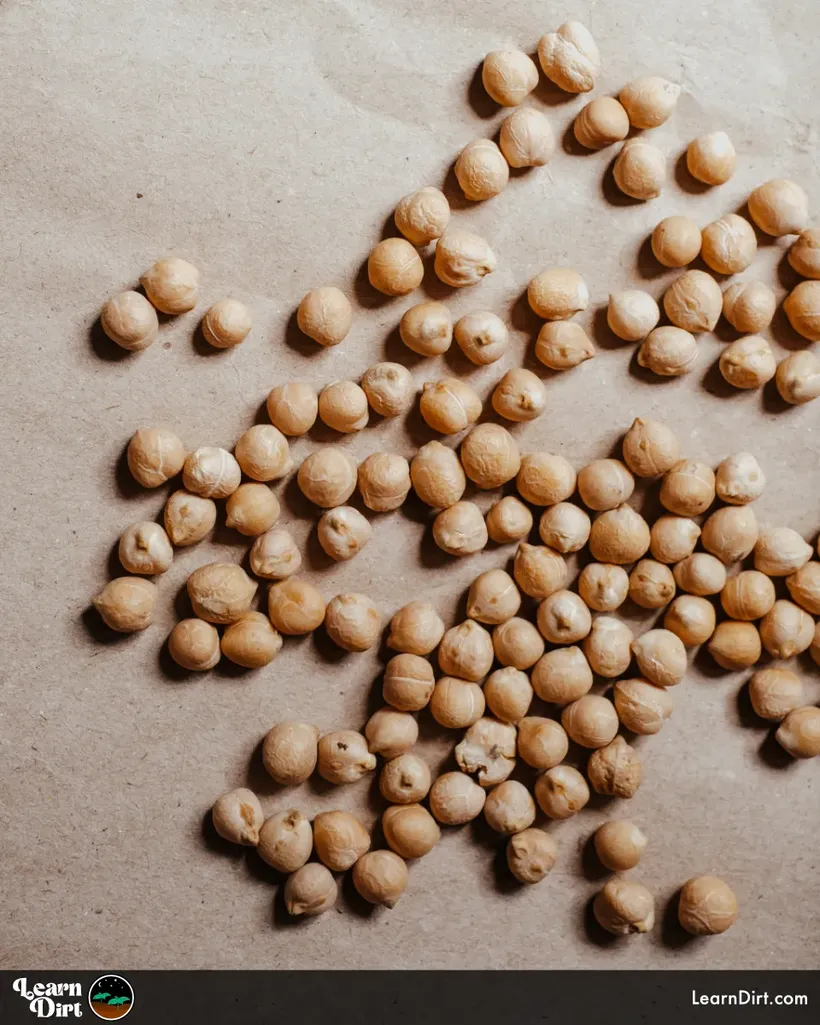
How Do Chickpeas Grow?
Chickpeas are in the legume family, Fabaceae, and have a bushing growth habit.
Disclaimer: This post may contain affiliate links. Refer to the privacy policy for more information.
They prefer a long, warm growing season that's not too hot nor too cold.
Chickpea Days From Seed to Harvest
Chickpeas take anywhere from 90-130 days from seed to harvest depending on variety and climate. The UV intensity where I am in the Sonoran Desert often reduces this time to 90 days or less.
Here, we grow chickpeas through the winter, like many other hot desert climates.
Can You Plant Dried Chickpeas?
Absolutely! Dehydrated (dried) chickpeas are THE way to grow garbanzo plants. Chickpeas should be purchased dried and planted that way for best success.
Optionally, you can also sprout them before growing, but they still start the season off as dried beans.

Where Do Chickpeas Grow?
It's important to understand where any plant originates and what that climate is like in order to assess whether or not you'll be able to grow it in your region.
Join The Grower's Community
A FREE, friendly forum
where you can ask questions,
swap tips, and meet like-minded growers 🌱
Check It Out!
Likely originating in Turkey and Syria where they were domesticated, chickpeas are now a staple in the Middle East, in many African countries, as well as in India.
These regions offer the ideal conditions for growing chickpeas, so it's no wonder that they thrive there.
Let's look at the specific growing conditions that garbanzos need, which exist in these regions:
Chickpea Growing Conditions
Arid and semi-arid conditions are what the garbanzo needs to thrive. They're highly drought-tolerant plants with significantly lower water requirements than many food crops.
Chickpeas, beans need cool-to-warm weather, preferring no hard freezes and no high temperatures.
Garbanzos do best in temps between 70F and 85F, with nights in the 50's and 60's.
They barely tolerate any frost, but fare a little better with a bit of heat than a bit of frost.
For hot arid regions that never freeze, garbanzos make a great staple grown through the winter.
Growing Chickpeas From Dried Store-Bought
Sourcing
You can buy organic dried chickpeas from any grocery store, as well as online.
Germinating
- Grab your dried chickpeas of choice
- Put the chickpeas in a jar
- Add enough filtered water to fully submerge the chickpeas
- Put a lid on and leave them to soak for 24 hours
- Drain the water
- Rinse off the chickpeas in a colander
- Put the chickpeas back in the jar (they should still be moist)
- Put a piece of cheesecloth or paper towel over the lid, and secure with a band or rubberband. This will allow airflow
- Make sure the chickpeas stay moist for a few days as you wait for them to sprout. Mist with water or add a few splashed of water and tip the jar to get all the chickpeas moist
- Once the chickpeas grow tails, they're ready to plant!
Planting
That's all for now, thanks for reading!
If you have any questions, comments, or would like to connect with fellow gardeners, head on over to the forum and post there.
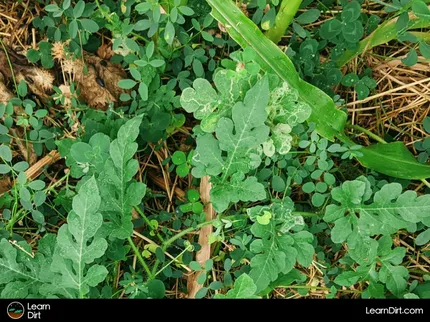
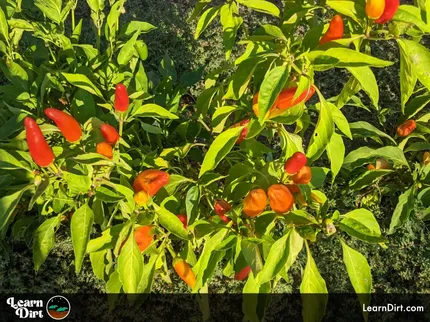
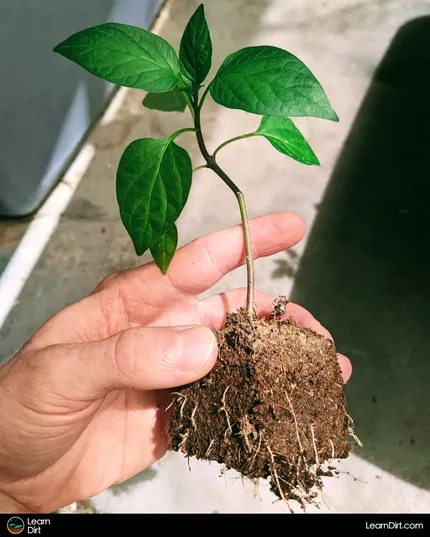
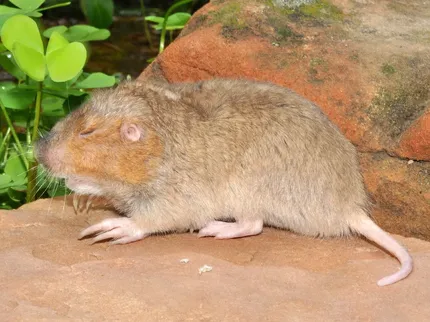
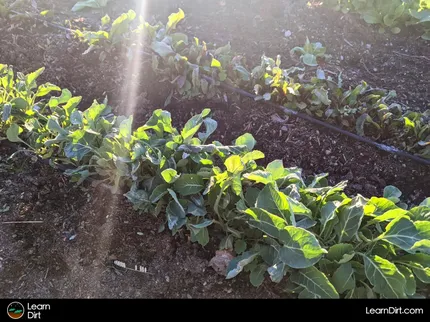
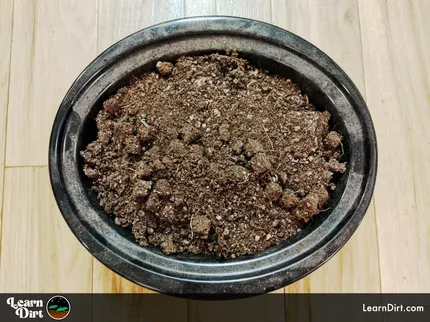
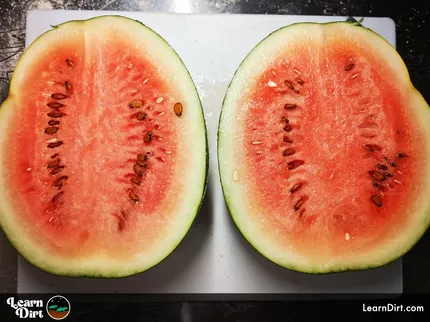
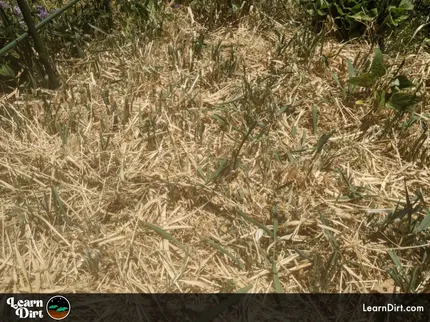
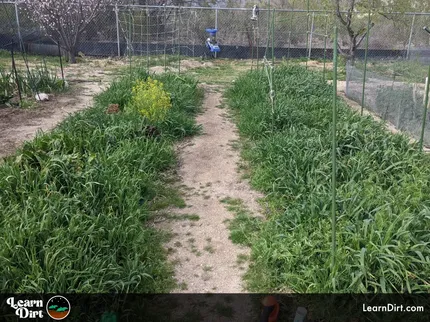
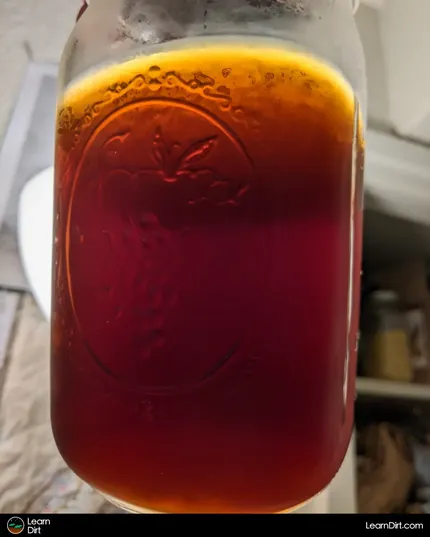
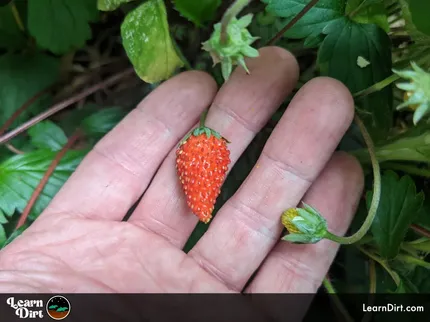
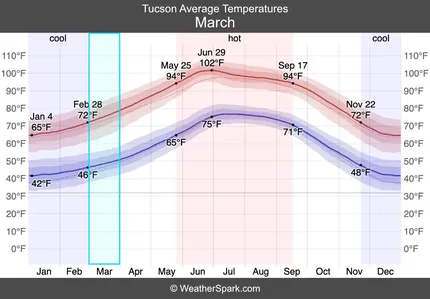
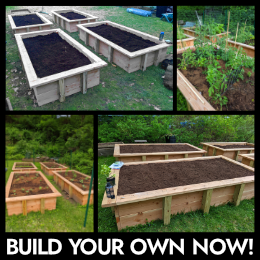
![Don't Till Away Your Carbon [Taffy] T-shirt](/media/product_images/dont-till-away-your-carbon-[taffy]_shirt_260x260.png)
![Black Dirt Live Again [Purple] Sticker](/media/product_images/black-dirt-live-again-[purple]_sticker_260x260.png)
